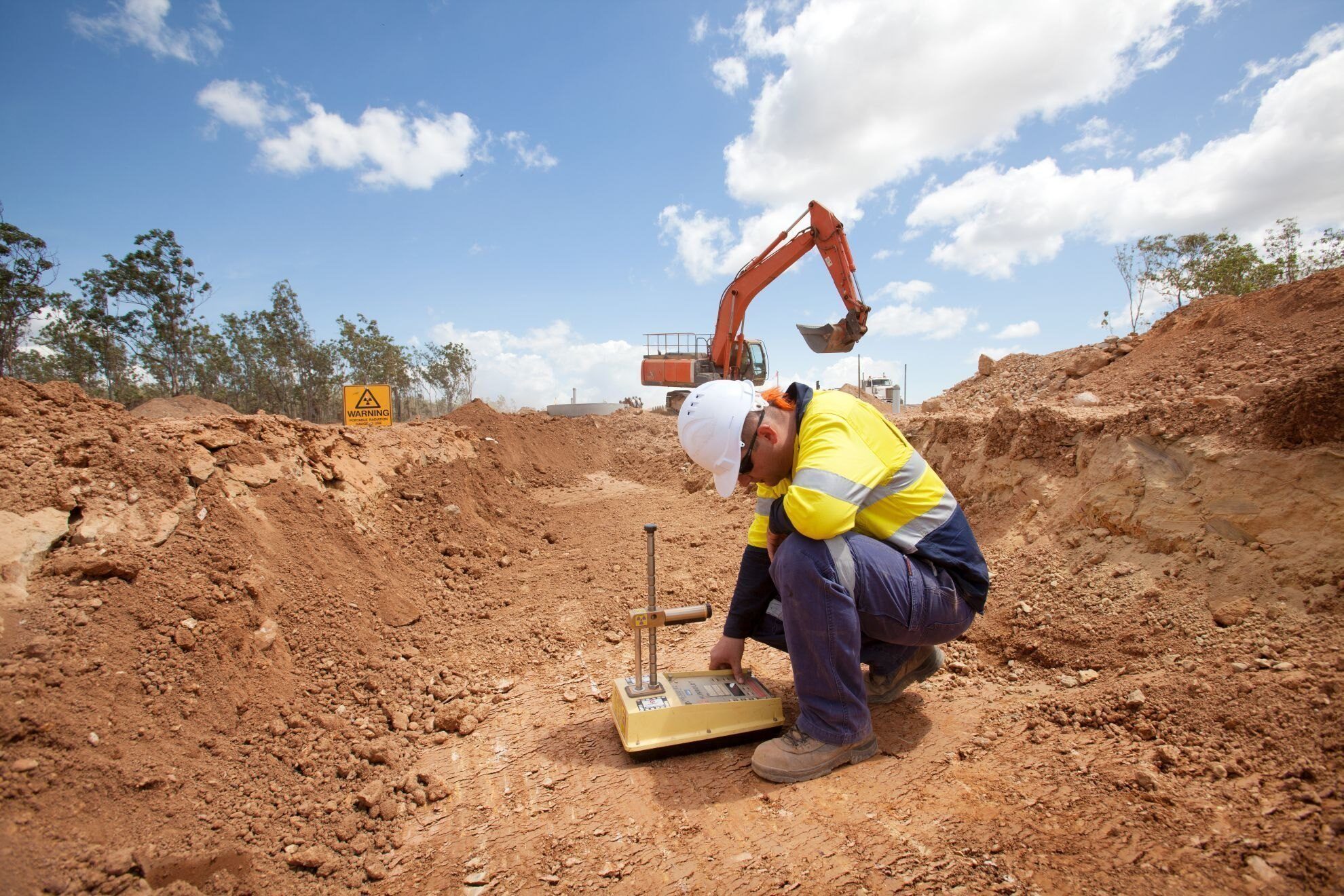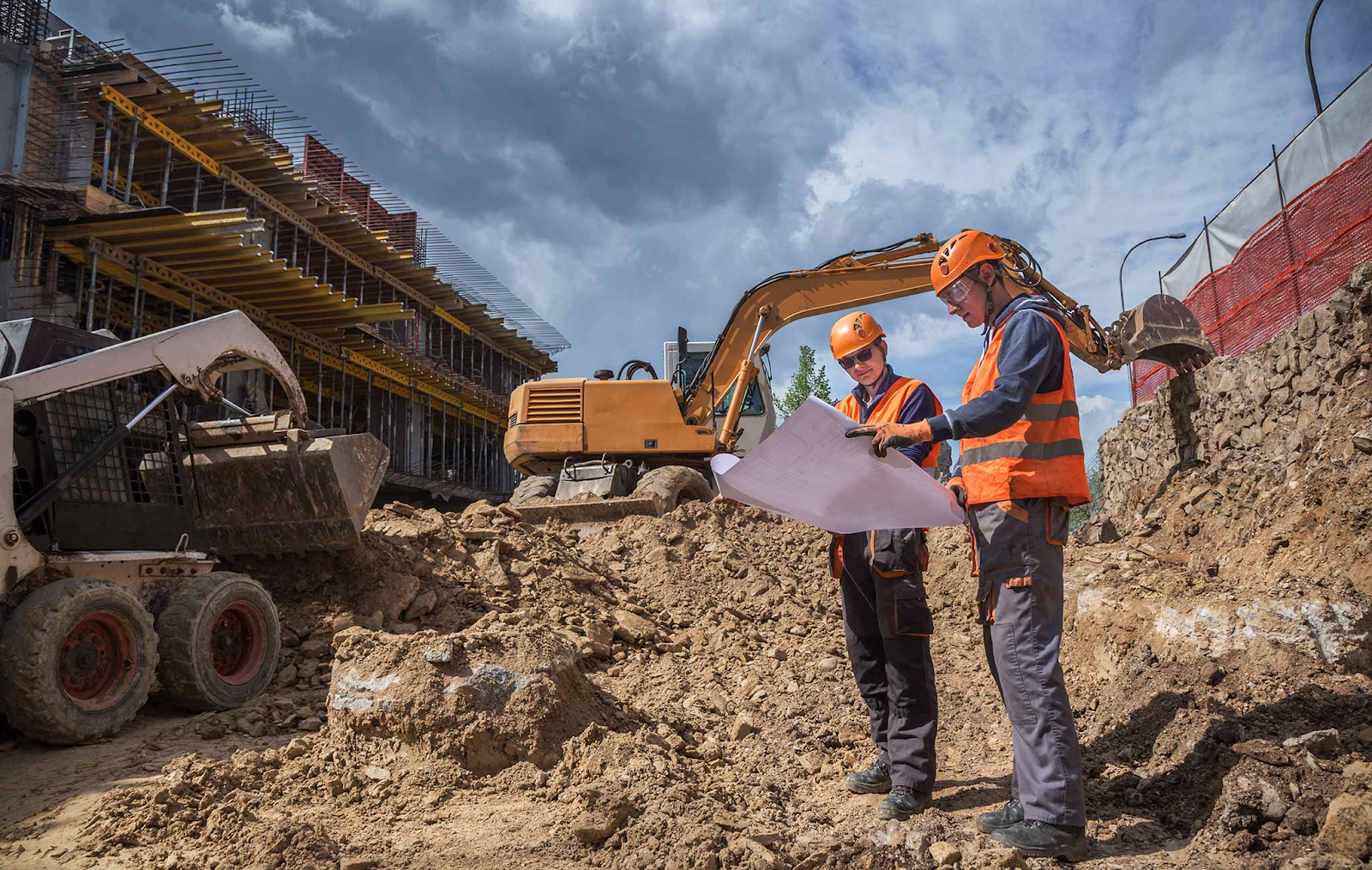The Best Guide To Geotechnical Engineering For Construction Projects
Table of ContentsExcitement About Geotechnical Engineering For Construction ProjectsGeotechnical Engineering For Construction Projects - The FactsNot known Incorrect Statements About Geotechnical Engineering For Construction Projects Geotechnical Engineering For Construction Projects Can Be Fun For EveryoneTop Guidelines Of Geotechnical Engineering For Construction ProjectsFacts About Geotechnical Engineering For Construction Projects RevealedWhat Does Geotechnical Engineering For Construction Projects Mean?
Concepts and Method of Ground Renovation. Ground Renovation Concepts And Applications In Asia. Layout evaluation in rock technicians.Cengage Knowing, Stamford, 666 p. Atkinson, J., 2007. The auto mechanics of soils and structures. The Observational Approach in ground design principles and applications.
The Best Guide To Geotechnical Engineering For Construction Projects
Laboratory and field screening plays an essential function in this procedure. By extracting samples from the planet's subsurface and using a suite of examinations, geotechnical designers can predict the behavior of dirt layers and evaluate their suitability for different building and construction endeavours. The essence of geotechnical design in civil design can not be overstated, attributable to a number of variables: The first action in any geotechnical study includes establishing the soil type at the building site.
Understanding these features ensures that only suitable soil types are selected for the advancement, therefore avoiding possible structural failures. The foundation acts as the bedrock of any building task. Picking the appropriate structure kind is a choice that pivots on the comprehensive analysis provided by geotechnical design. This guarantees the durability and stability of structures by accommodating the lots they will certainly birth.

Geotechnical website examination is a crucial action in the preparation and execution of any construction project. It entails the collection and evaluation of data connected to the physical buildings of dirt and rock under a suggested building site. This details is crucial for the design and construction of safe, stable, and sustainable frameworks.
Not known Details About Geotechnical Engineering For Construction Projects
, additionally understood as subsurface exploration, entails a collection of tasks intended at identifying the soil, rock, and groundwater conditions at a building site. The main goals are to recognize potential geotechnical hazards, evaluate the engineering residential or commercial properties of subsurface materials, and offer suggestions for the style and building of structures, preserving wall surfaces, and various other frameworks.
The desk research aids in recognizing prospective geotechnical issues and intending the succeeding fieldwork. This involves observing the topography, water drainage patterns, existing structures, vegetation, and any kind of indications of instability or erosion.
Geotechnical Engineering For Construction Projects - Truths
Shallow test pits are excavated to straight observe and sample the dirt and rock. This approach serves for researching the upper layers of the subsurface and determining near-surface hazards. Non-invasive geophysical methods, such as seismic refraction, ground-penetrating radar (GPR), and electric resistivity tomography (ERT), are used to map subsurface problems and detect anomalies.
Soil and rock examples collected during the field investigation are subjected to laboratory testing to identify their physical and mechanical residential or commercial properties. These tests offer vital data for geotechnical evaluation and style.
The main benefit of geotechnical site investigation is guaranteeing the safety and security and stability of structures. By recognizing the subsurface problems, engineers can develop foundations and other architectural elements that can withstand the lots and ecological forces they will be subjected to. This reduces the risk of negotiation, subsidence, and structural failing.
The 15-Second Trick For Geotechnical Engineering For Construction Projects
Understanding dirt characteristics can assist the choice of excavation methods, dewatering approaches, and ground enhancement actions. This makes certain reliable and safe building methods. Geotechnical website examinations are commonly required by building codes and guidelines. Abiding by these needs guarantees compliance with legal and safety and security standards, preventing prospective lawful obligations and task delays.
This details is important for job supervisors, engineers, and professionals in establishing sensible timetables, budgets, and backup plans. Geotechnical Engineering for Construction Projects. Skyscraper in a Coastal AreaIn a seaside city, a skyscraper household structure was intended on a website with presumed loose sand down see here now payments and a high water table. A thorough geotechnical examination, consisting of borehole exploration, CPT, and geophysical studies, was performed
All About Geotechnical Engineering For Construction Projects
Based on these searchings Go Here for, the structure style was modified to consist of deep stack foundations expanding right into stable strata, and ground renovation methods, such as vibro-compaction, were implemented to minimize liquefaction dangers. This proactive strategy made sure the safety and security of the building while avoiding expensive post-construction removal. Facilities Growth on a Sloping TerrainA significant infrastructure task, including the building and construction of a freeway and bridges, was intended on a hilly surface with high slopes.

The Leaning Tower of Pisa (Italy), a renowned building marvel, is well known for its unintended tilt from substantial geotechnical concerns. The tower's foundation was inadequately made to deal with the soft, unsteady dirt beneath it, bring about uneven negotiation and its distinctive lean. Our world is populated with impressive facilities projectsfrom looming high-rise buildings to sprawling bridgesall standing testament to the evolution of the different building and construction devices and methods readily available.
Geotechnical engineering is a specific area within civil design that focuses on researching the behavior of earth materials. This branch dives deep into the groundinvestigating exactly how the dirt, rock, and groundwater at a building and construction site can influenceand be influenced bythe facilities that we erect on and right into them. Prior to a solitary block is laid or a concrete foundation poured, geotechnical designers probe right into the earthgathering important information concerning the site's soil structure, rock framework, and groundwater degrees.
Some Ideas on Geotechnical Engineering For Construction Projects You Need To Know

is a device made use of to assess the honesty and load-bearing capability of heaps throughout setup, leveraging the principle of wave proliferation. It optimizes building effectiveness by offering real-time assessments, thus making certain risk-free and reliable pile foundations. Among the sensible applications of geotechnical design includes determining and implementing the ideal techniques for foundation construction.
Pile driving stands for greater than the mere act of inserting architectural try these out components into the ground. As a matter of fact, it is a meticulously managed process of transferring a framework's tons past the less secure soil layers closer to the surfacedown to the more significant strata that lie beneath. When it comes to heap driving, take into consideration exactly how geotechnical designers skillfully use this strategy to equally distribute the framework's weight.
Comments on “Rumored Buzz on Geotechnical Engineering For Construction Projects”